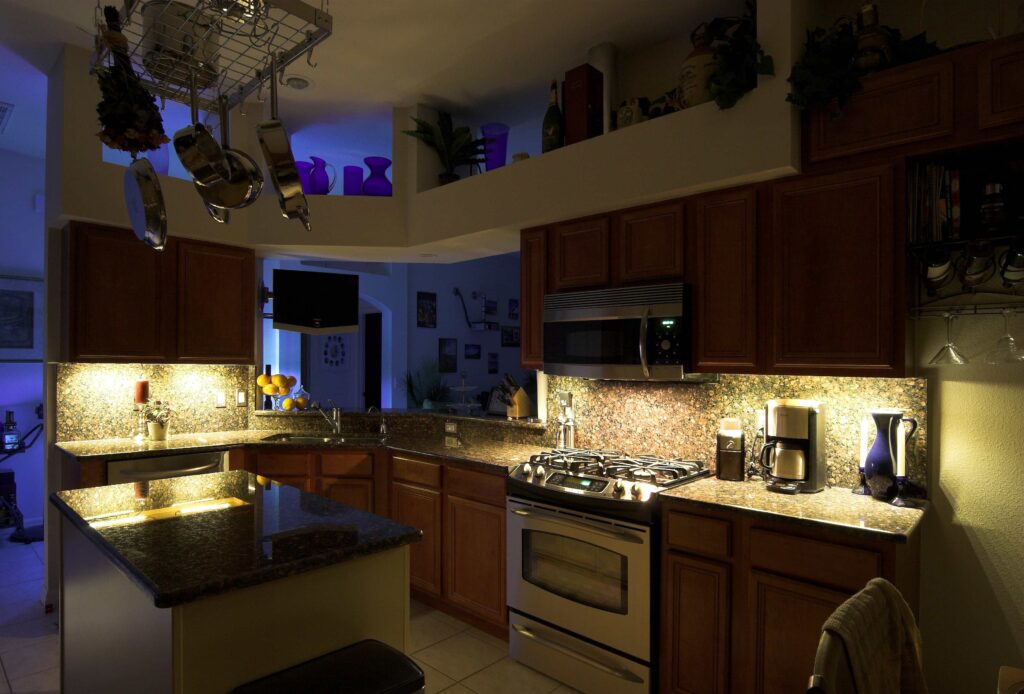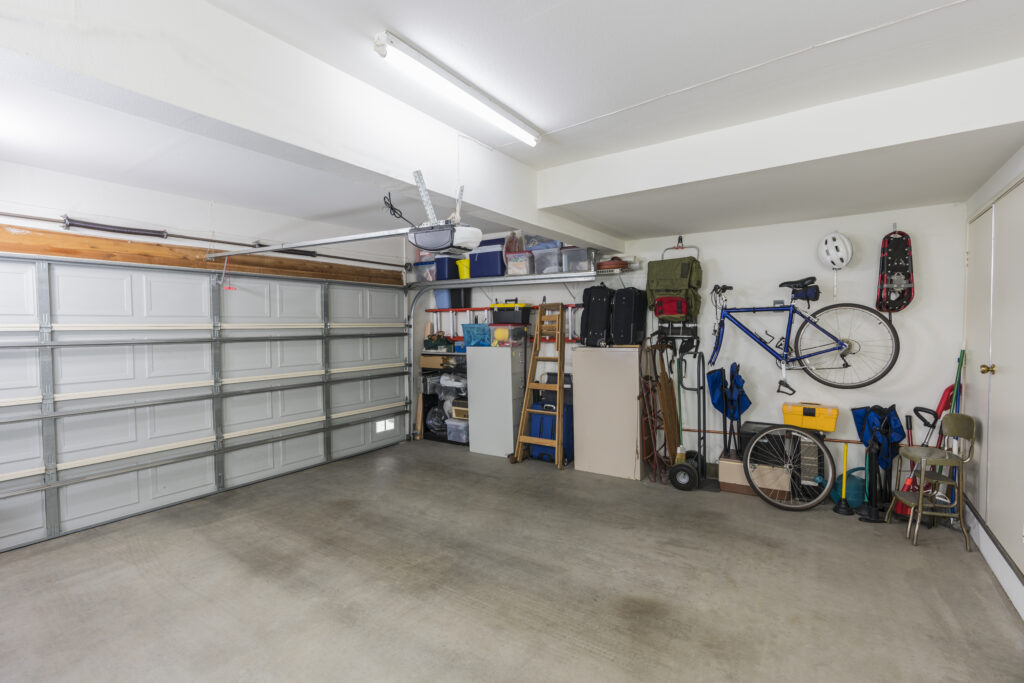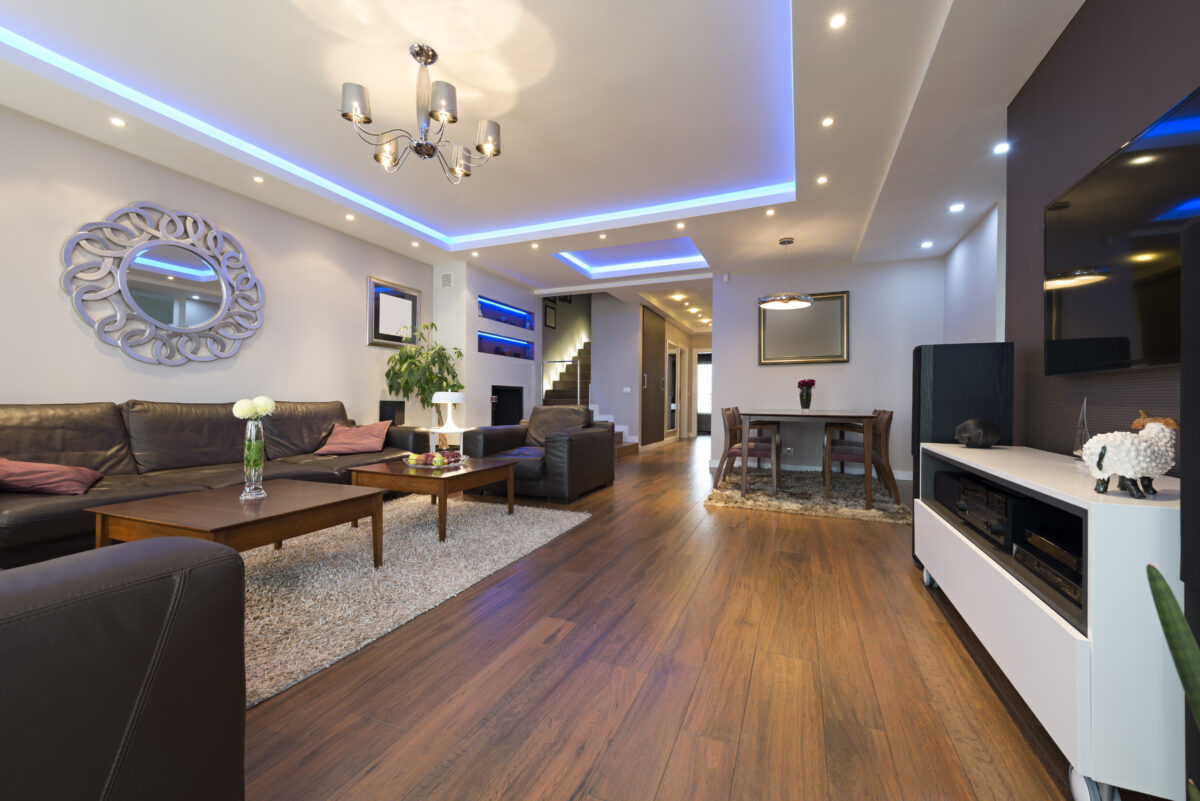In recent years, LED lighting has become so affordable and accessible that it’s now a popular pick for many homeowners. However, a lot of people still may not know how best to use it in their household. Fortunately, you don’t need to take an interior design course to be able to make some basic decisions that will make your rooms more attractive and comfortable.
Enhancing your home with LED lights
You can use LED lighting to enhance your home’s décor in ways that were not possible in the era of traditional incandescent home lighting. The range of available white LED colors includes Halogen White, Warm White, Natural/Daylight White, Pure White, and Cool White.
With old-fashioned filament or incandescent bulbs, the only way to slightly control the warmth or tone of the light was to purchase a certain wattage; one that may not be ideal. The greater the light bulb’s wattage, the more it shifts toward what is known as daylight white. Lower wattages like 15W and 25W are warmer.
The right light temperature for different room colors
It’s important to think through how you use and present the different rooms in your home. Generally, warmer colors are softer on the eyes. On the other hand, human vision is more efficient in brighter light.
If a room has a lot of woodwork, or if your floors are stained or carpeted in warm colors like beige or brown tones, then you need warm light. Warm light enhances warm colors like red, orange, yellow and brown. If your curtains are warm colors, then warm light will show them off to best effect.

On the other hand, if the predominant colors in a room are cooler contemporary colors such as gray, black, or blue, or if you have white walls, then LED lighting in a pure white is best. If you have those colors – or a lot of chrome and silver – in your home, then warm light will not do justice to their beauty.
What you see is not an object itself but the reflection of light off of that object, so for whites, grays, silvers, and blues, you want a pure white light to enhance them. If you put a warm light on a shade of blue, then you will be trying to shift it in an unflattering way.
All colors have multiple shades and levels of warmth, so the ideal light will vary for each shade. In addition, every room has multiple objects that reflect light differently depending on their colors. If a room has a basic light that’s warm, but certain objects in it (such as paintings) contain blues or other cool colors, then you will want specific color spot lighting that focuses only on the painting, without interfering with the room’s overall warm lighting.
Curtains are important to a room’s overall décor and thus to its lighting needs. So are walls. If the ceiling and walls contains a lot of architectural features, then you will want light that enhances those features. When you have a beautiful rug, but you light everything in the room to the same level of intensity, then the light will not present the rug to its best effect. If you have both warm and cool color combinations, what is known as “daylight white” (about 4000 Kelvin) is best.
Rooms where important tasks are done

If you have a garage or general storage room, you want to see everything in it. A garage needs cool white or daylight white, since the human eye sees better in cooler colors. Your peripheral vision is much better in natural white light, and your vision is more efficient when it perceives light to be brighter. Thus LED tube lights and LED CFL replacement lamps in natural daylight white are ideal for your garage, laundry room, or storeroom.
You can greatly enhance the feeling of your rooms by selecting the right color of LED bulbs, and by pointing the lighting in the right directions. You’ll make the most of your room’s décor, and you’ll make the room itself come alive.

